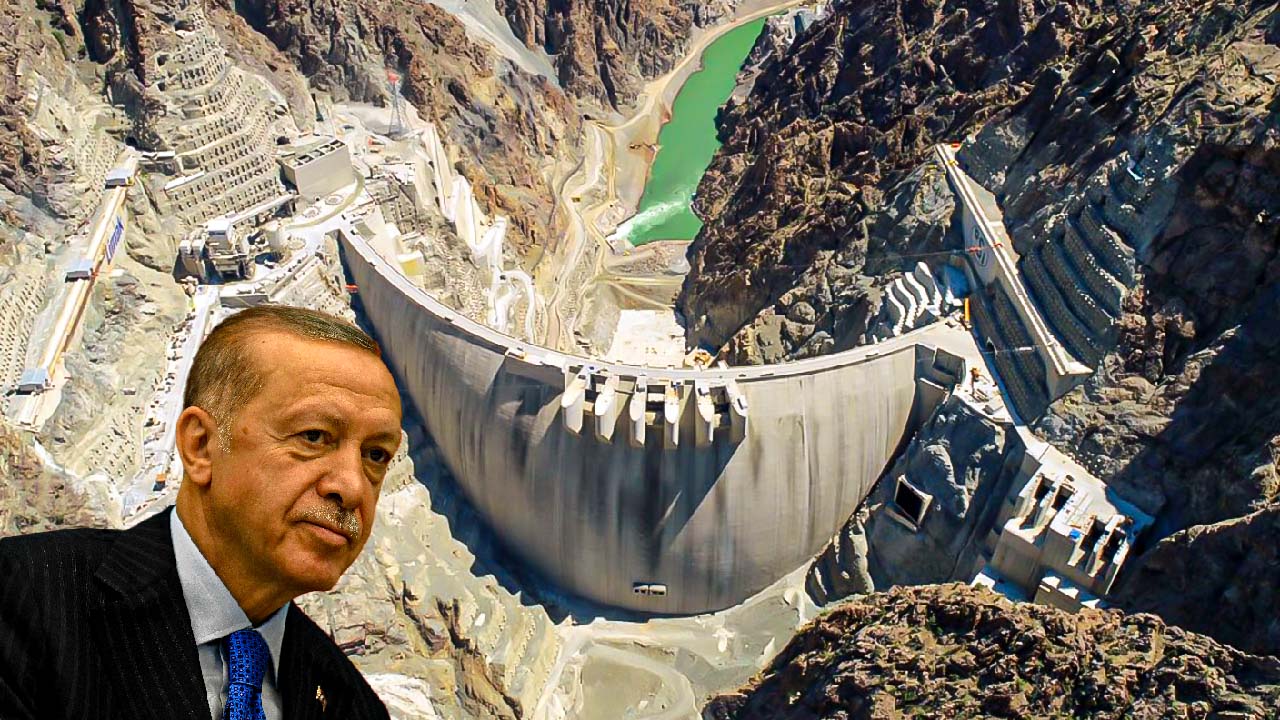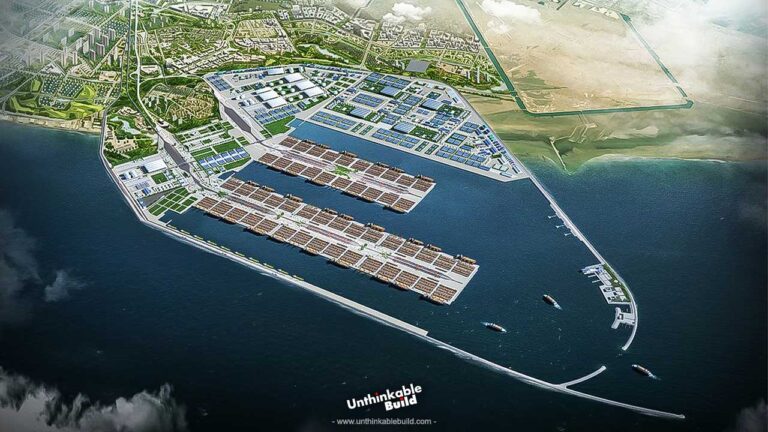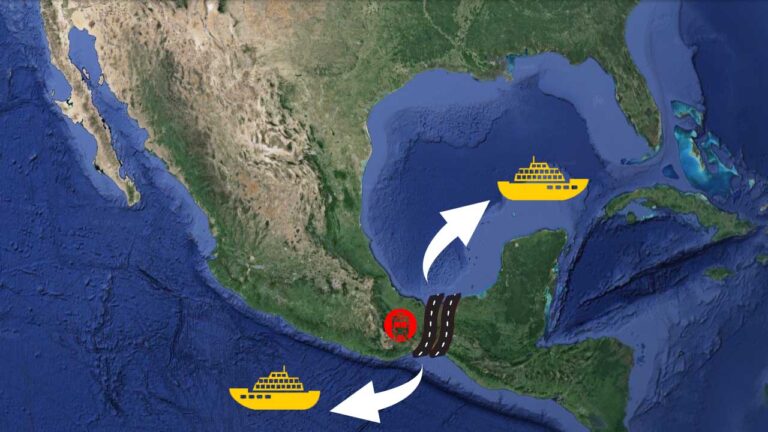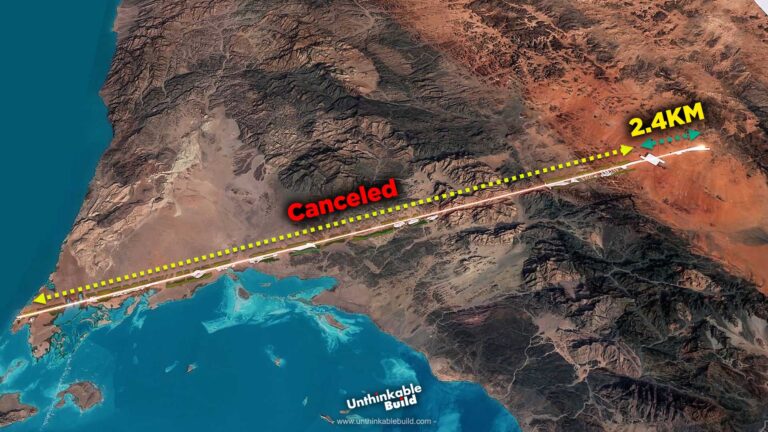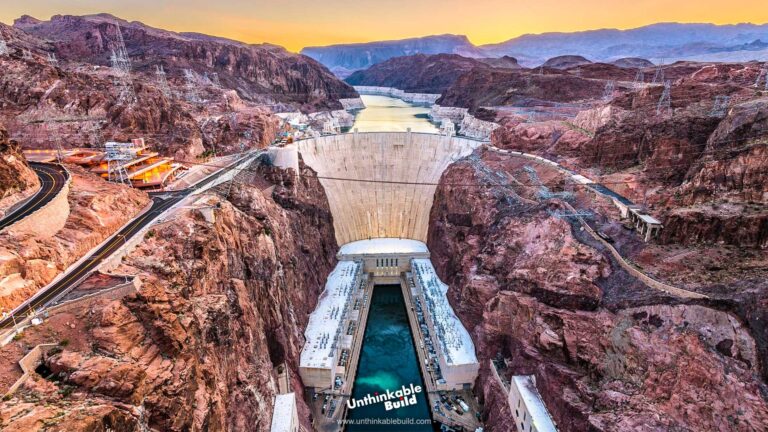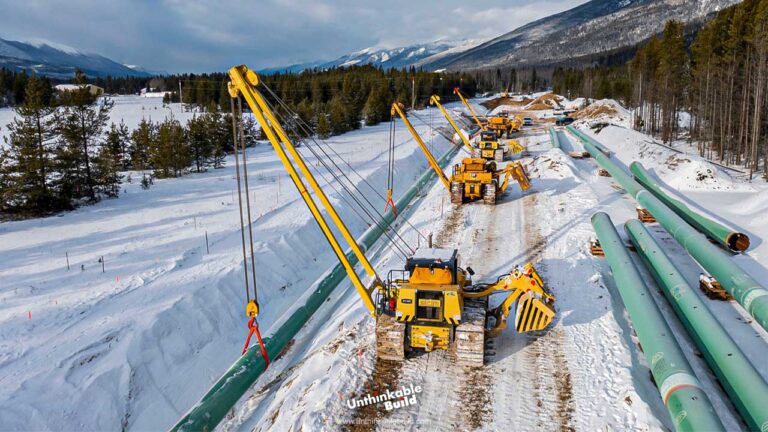Turkey is Building Yusufeli Dam One of the Highest Dams in the World
Turkey is taking significant steps to harness its hydroelectric power potential. The Yusufeli Dam stands as one of the top mega projects in the country, serving as an arch dam located on the Çoruh River near Yusufeli in the Artvin Province within the eastern Black Sea region of Turkey. It is a key component of the larger Çoruh River Development Plan and is currently the second-largest dam in this project. As of 2023, the Yusufeli Dam holds the distinction of being the tallest dam in Turkey and the fifth tallest in the world. For Turkey, hydroelectric dams are not merely sources of energy and revenue, but also powerful tools for exerting geopolitical influence.
Nestled in the picturesque Artvin province of Turkey lies the ambitious Yusufeli Hydroelectric Power Project (HEPP), a groundbreaking endeavor that promises to reshape the country’s energy future. This venture encompasses not only an impressive arch dam but also a robust 558MegaWatt hydropower plant, poised to harness the untapped potential of the Coruh River. The driving force behind this gigantic project is the General Directorate of State Hydraulic Works (DSI) Turkey. Spearheading its construction is a formidable consortium comprising Limak Constructions, Cengiz Constructions, and Kolin Construction Company.
The first studies on the Yusufeli Dam were carried out in the 1970s and it was included in the Coruh River Hydropower Development Master Plan in 1982. The feasibility report was completed in 1986 and the project was added to the national plan in 1997.
Situated approximately 10 kilometers downstream of Yusufeli, within the Artvin province, this project is located along the Coruh River in the eastern Black Sea region of Turkey. It strategically occupies a position upstream of the Borçka, Muratli, and the Deriner hydroelectric power plants, ensuring a coordinated and efficient energy network.
Also Read: These 10 Megaprojects will be Completed in 2024
The Yusufeli Dam and Hydroelectric Power Plant Project represent a massive engineering feat, combining natural resources with cutting-edge technology. With an impressive total water storage capacity of approximately 2.2 billion cubic meters, this dam has the potential to become a vital source of clean energy for Turkey’s growing needs.
The anticipated output of the Yusufeli Dam and Hydroelectric Power Plant is equally astounding. The plant, with a planned installed capacity of 558 MW, is projected to generate a staggering 1,888 billion kWh of energy annually. This translates to a significant contribution to Turkey’s energy demands, fostering economic growth and environmental sustainability.
Furthermore, the construction of the Yusufeli Dam required a substantial amount of iron and steel products. A staggering 70,000 tons of iron and steel, including 61,000 tons of iron and 9,000 tons of steel, were integrated into the project. This substantial use of materials highlights not only the scale of the construction but also its contribution to local industries and employment opportunities.
The structure of the Yusufeli hydroelectric power project comprises a towering 275-meter double curvature concrete arch dam, complemented by a power plant housing three 186MW vertical-axis Francis turbine units. These turbines are engineered to function optimally under a rated head of 191 meters and a rated discharge of 107 cubic meters per second. Additionally, the creation of the Yusufeli Dam has birthed a sprawling 33.63 square kilometer reservoir with an impressive storage capacity of about 2.2 billion cubic meters. The dam itself stands as an engineering marvel with a maximum crest elevation of 715 meters and a crest length spanning 490 meters.
This mammoth dam project encompasses an array of vital infrastructure elements, including four balanced cantilever viaducts such as the Tekkale viaduct (644 meters long), Yusufeli viaduct (695 meters long), Yusufeli dam viaduct (340 meters long), and the Şilenkar viaduct (530 meters long). Furthermore, the project necessitated the construction of 110 kilometers of roads, 45 tunnels, 22 bridges, and 92 culverts. It also incorporates essential features like main power transformers, a 380kV switchyard, and precision measuring and protection equipment.
Also Read: Saudi Arabia’s $70 BLN World’s Biggest Entertainment City
The fruits of this labor, in the form of generated power, will be efficiently evacuated through a robust 380kV power transmission line, ensuring that the energy produced reaches its intended destinations seamlessly.
Executing such an ambitious undertaking requires state-of-the-art construction equipment. The Yusufeli hydroelectric project employed a fleet of cranes, including a 12-tonne 280 EC-H tower crane, two 10-tonne 200 EC-H tower cranes, and four 6-tonne 154 EC-H tower cranes. Additionally, five tower cranes played a pivotal role in constructing the roads associated with the project, underscoring the magnitude of this endeavor.
The construction of the Yusufeli Dam and Hydroelectric Power Plant brings about concerns for the environment, particularly in the Coruh Valley Wildlife Protection Area. A substantial portion of this protected area, approximately 6%, equivalent to 1,460 hectares, will be lost due to the dam’s construction, which will essentially split the area into four parts. Beyond this direct impact, the full extent of land loss from various project components like roads, power stations, quarries, and more remains unclear. Moreover, the potential repercussions on other protected areas in the Coruh Catchment due to the 27 proposed dams in the region remain uncertain.
The region also boasts rich biodiversity, including 509 different plant species, among which 21 are classified as critically endangered, endangered, or rare in the Turkish Red Book for Plants. Notably, seven of these plant species are critically endangered, five are endangered, and nine are vulnerable. Most of these threatened plants are unique to Turkey, with some exclusive to the Yusufeli and its surroundings, the Coruh Valley, or the Artvin-Erzurum region. However, due to a lack of baseline data on these threatened species, predicting the exact impact of the Yusufeli Dam and Hydroelectric Power Project on them remains challenging. Nevertheless, it’s clear that these projects could adversely affect up to 21 threatened plant species, particularly those exclusive to the Coruh Valley or Yusufeli. Furthermore, considering the cumulative impact of the 27 planned dams in the Coruh Valley, the potential harm to these plant species is significant and raises concerns for biodiversity conservation.
The Coruh Valley is internationally recognized for its ecological significance, with WWF designating it as one of the 200 globally important ecological regions. It’s also identified as one of Turkey’s 122 important plant areas, with 104 threatened plant species, including 67 endemics.
In the midst of these concerns, the EIA (Environmental Impact Assessment) for the Yusufeli Dam and Hydroelectric Power Project concluded that the overall impact on the identified threatened plants was not considered significant. Nonetheless, the potential consequences on the environment, particularly the loss of protected areas and threatened plant species, remain subjects of concern that require careful monitoring and assessment.
The Yusufeli Dam project in Turkey is a controversial endeavor that involves damming the Coruh River to harness hydropower. It has far-reaching implications, affecting both the environment and the lives of thousands of residents. The dam’s construction has led to the slow submergence of the town of Yusufeli, causing the displacement of around 7,400 residents and erasing historical sites and natural habitats.
Turkey’s pursuit of increased domestic energy resources is a driving force behind the dam, but it raises questions about environmental and social costs. The project has historical roots dating back to the 1970s, with construction beginning in 2013. Displaced residents now live in new housing complexes, disrupting social structures and leaving many longing for their old communities.
As the water continues to rise, the old town of Yusufeli is gradually being destroyed, leaving residents grappling with the loss of their social fabric and cherished memories.
In the end, the construction of the Yusufeli Dam in Turkey is emblematic of the complex trade-offs between energy generation, environmental conservation, and the social costs of such projects. While it contributes to Turkey’s energy security, it has come at a substantial human and ecological cost, displacing residents and endangering unique biodiversity. The project’s legacy is one of profound change, with an old way of life giving way to a new and sterile existence for those affected.

